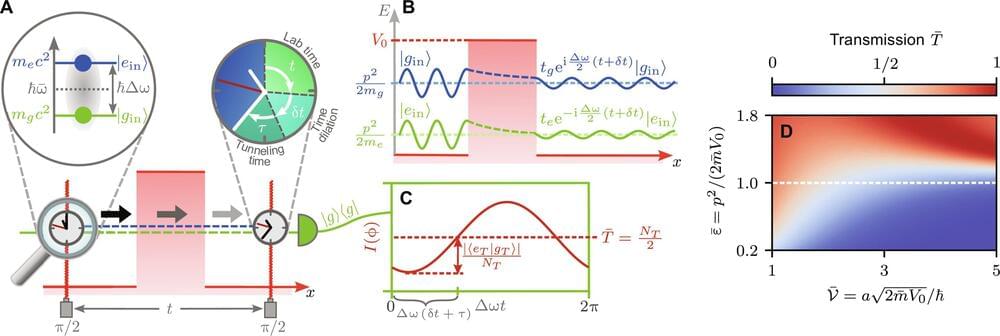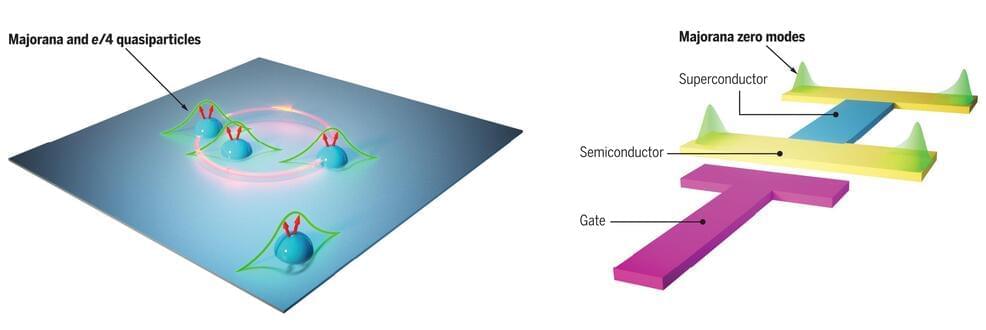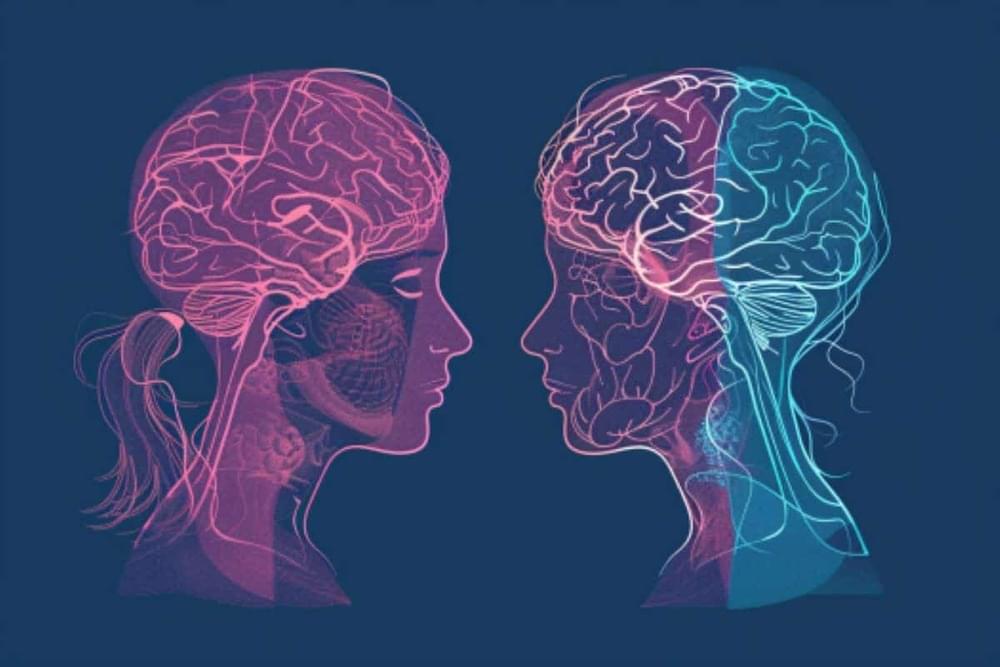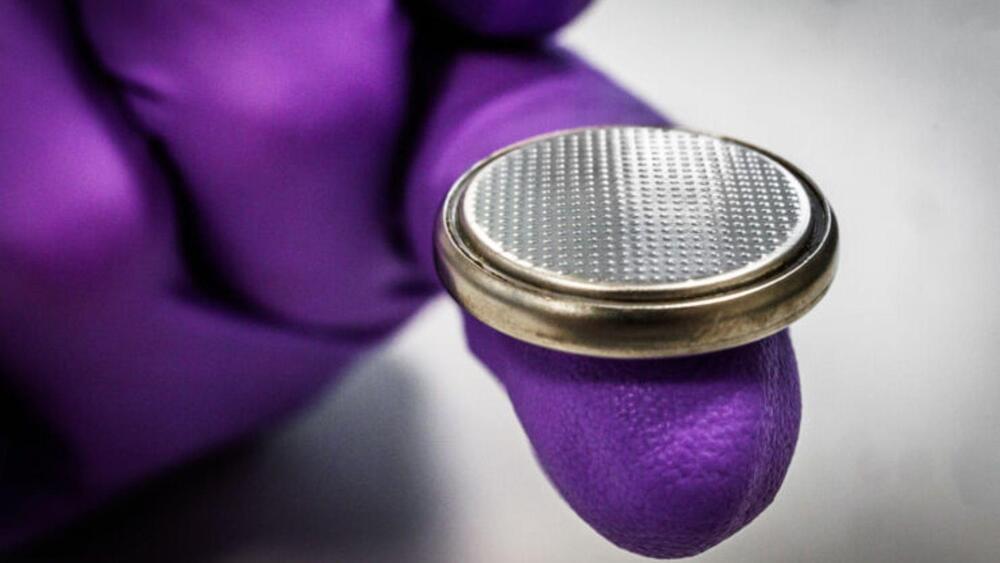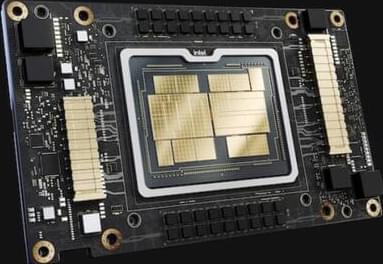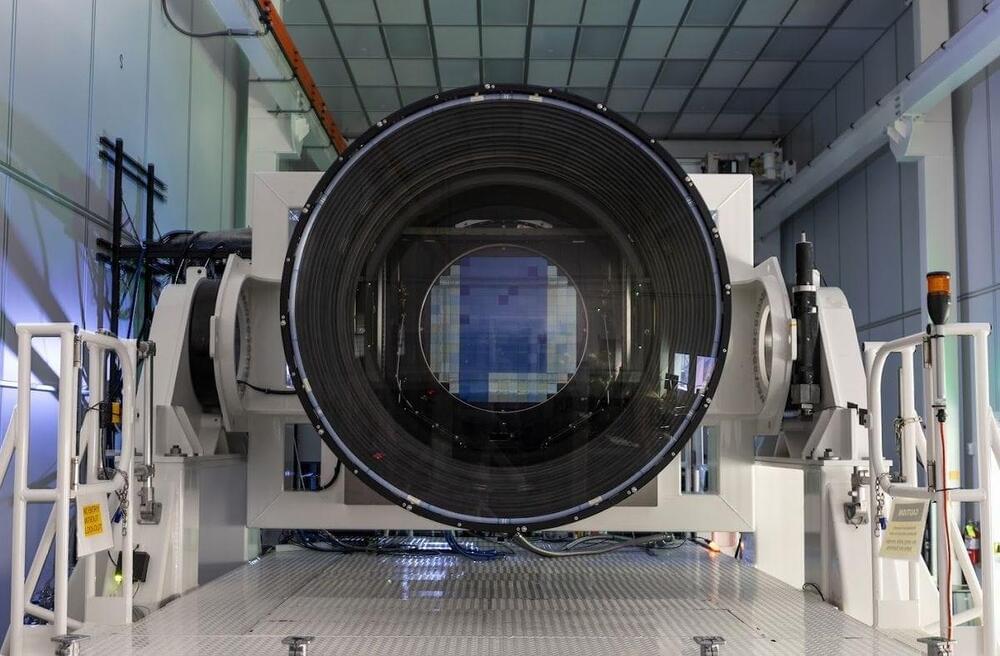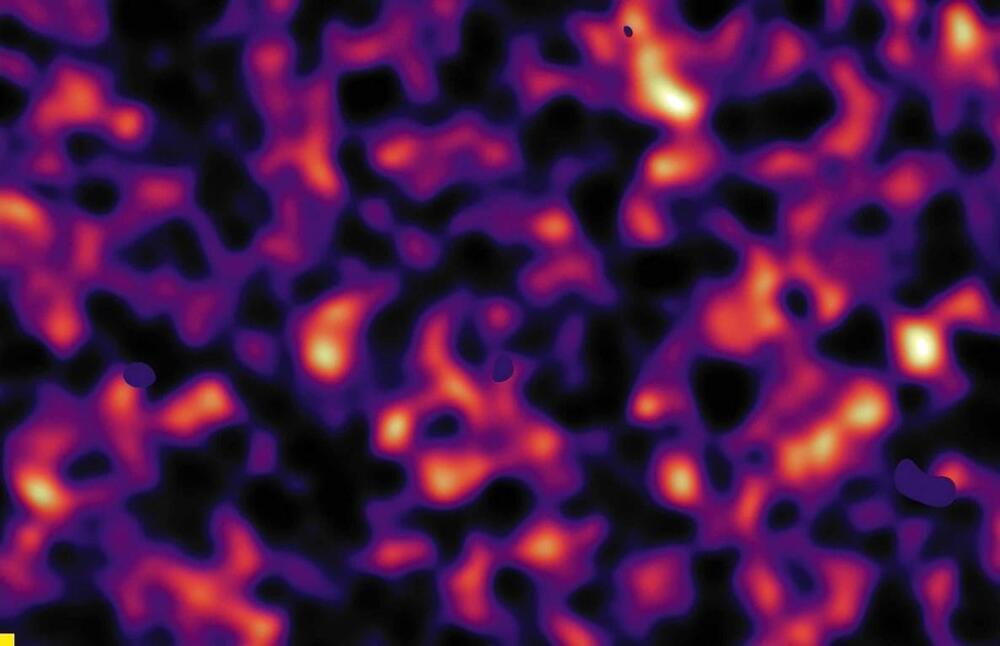In an amazing phenomenon of quantum physics known as tunneling, particles appear to move faster than the speed of light. However, physicists from Darmstadt believe that the time it takes for particles to tunnel has been measured incorrectly. They propose a new method to stop the speed of quantum particles.
“This is a really nice way of incorporating something you know about your physical system deep inside your machine-learning scheme. It goes far beyond just performing feature engineering on your data samples or simple inductive biases,” Schäfer says.
This generative classifier can determine what phase the system is in given some parameter, like temperature or pressure. And because the researchers directly approximate the probability distributions underlying measurements from the physical system, the classifier has system knowledge.
This enables their method to perform better than other machine-learning techniques. And because it can work automatically without the need for extensive training, their approach significantly enhances the computational efficiency of identifying phase transitions.
Named after an Italian theoretical physicist, Majoranas are complex quasiparticles that could be the key to building next-generation quantum computing systems.
Summary: Researchers use AI to reveal distinct cellular-level differences in the brains of men and women, focusing on white matter. These findings show AI can accurately identify sex-based brain patterns invisible to human eyes.
The study suggests that understanding these differences can enhance diagnostic tools and treatments for brain disorders. This research emphasizes the need for diversity in brain studies to ensure comprehensive insights into neurological diseases.
“Both zinc and lignin are super cheap, and the battery is easily recyclable,” said Khan in the press release. “If you calculate the cost per usage cycle, it becomes an extremely cheap battery compared to lithium-ion batteries.”
Unlike other zinc-based batteries that discharge in just a few hours, the newly made battery can retain its charge for a week. Additionally, the battery is stable and maintains 80 percent of its performance even over the course of 8,000 cycles.
The company has decided to refocus its HPC efforts on Falcon Shores, its successor, and its existing Gaudi accelerators.
Life is shaped by choices. The fundamental debate is whether to live life for learning or for pleasure. This weekend, my existential tension boiled down to a simple question: why am I writing my next book and my next scientific paper rather than having fun in the sun?
After some contemplation, I came up with the realization that learning is pleasure. But there is another benefit to writing. Most people will live in the future and I wish to communicate my thoughts to those who will be born long after I am gone. I weigh my priorities in life based on the number of people who might benefit from my actions.
There are currently 8.1 billion people on Earth, about 7% of the total number of humans who have ever lived since the Big Bang, 117 billion. Based on the star count from the Gaia sky survey, the number of stars in the Milky-Way galaxy is comparable to this total value within a factor of a few. This implies that for the foreseeable future, Milky-Way stars could be named after each person who ever lived on Earth.
A major breakthrough in quantum computing has been achieved with the development of ultra-pure silicon, setting the stage for the creation of powerful, scalable quantum computers.
More than 100 years ago, scientists at The University of Manchester changed the world when they discovered the nucleus in atoms, marking the birth of nuclear physics.
Fast forward to today, and history repeats itself, this time in quantum computing.
The hubble tension
Posted in cosmology
The first anomaly concerns the speed at which the Universe is expanding. Astronomers determine this in two ways and herein lies the problem: the two methods yield different values.
The obvious method is to observe galaxies (the basic building blocks of the Universe) in the nearby Universe and measure how fast they’re moving away from us. They’re scattering like pieces of cosmic shrapnel in the aftermath of the Big Bang, the titanic explosion in which the Universe was born 13.82 billion years ago.
A simple and robust strategy developed by KAUST scientists could help to improve the safety and accuracy of CRISPR gene editing, a tool that is already approved for clinical use for the treatment of inherited blood disorders.
